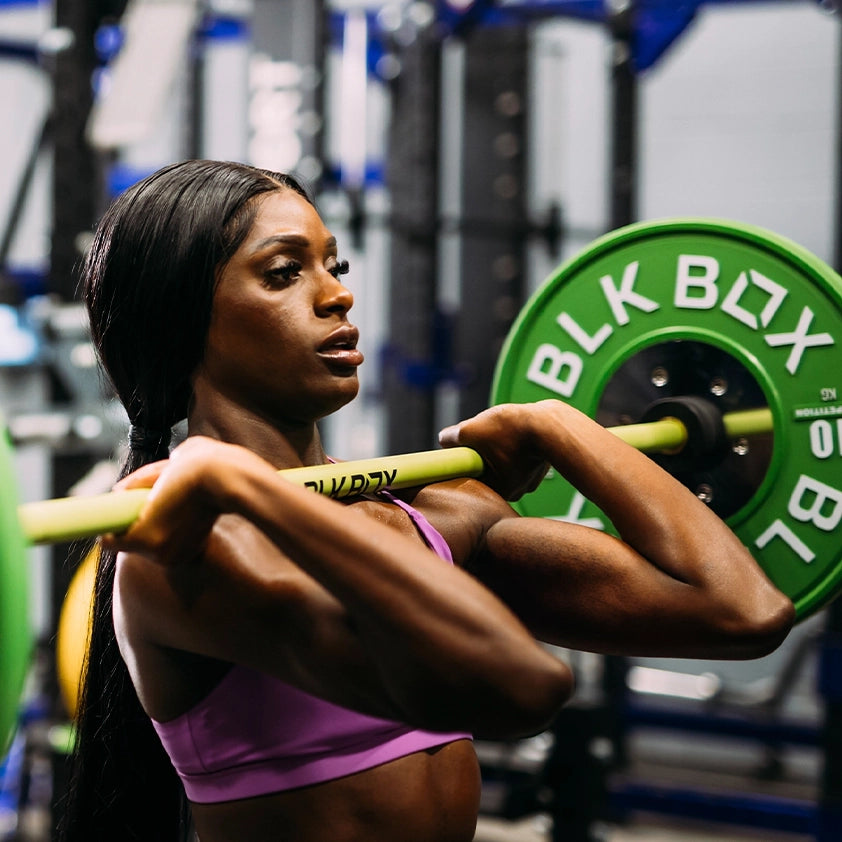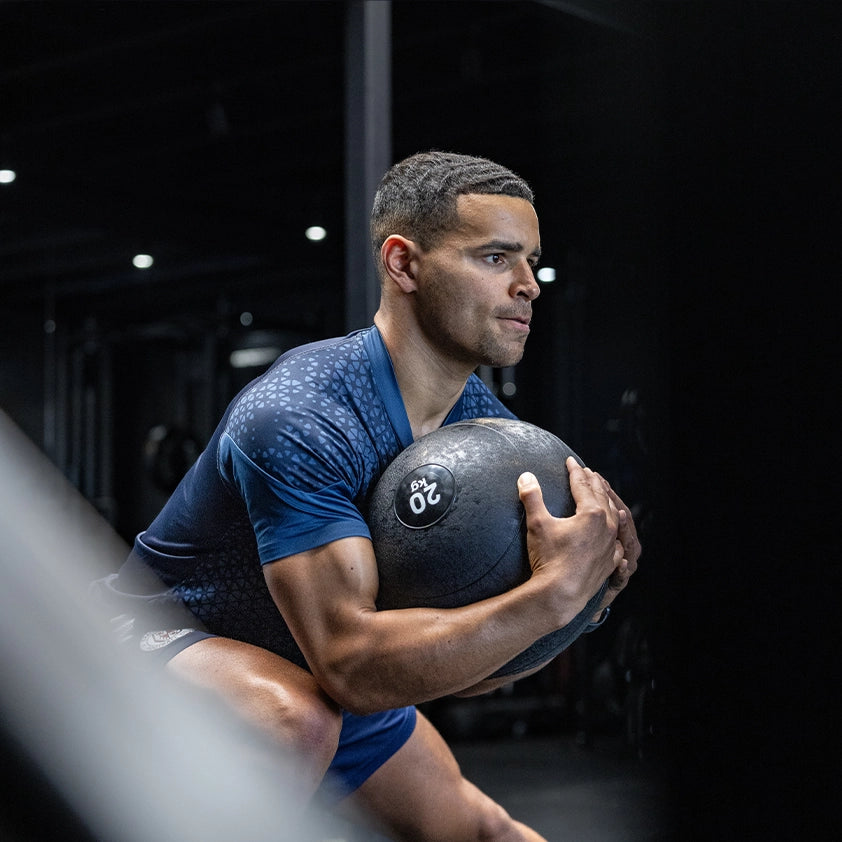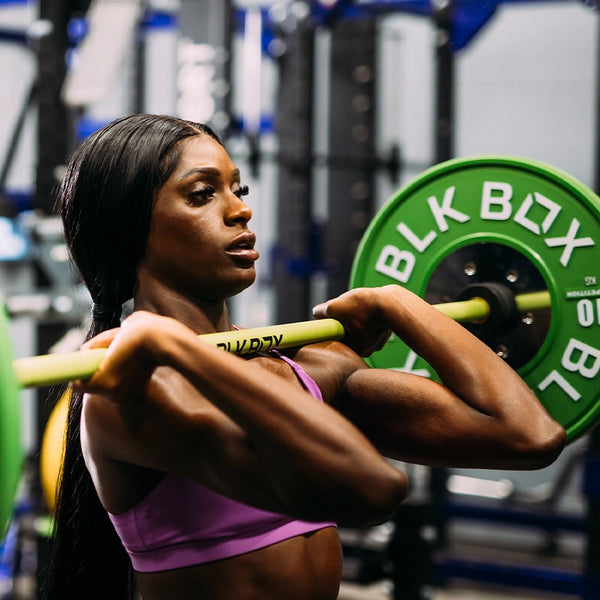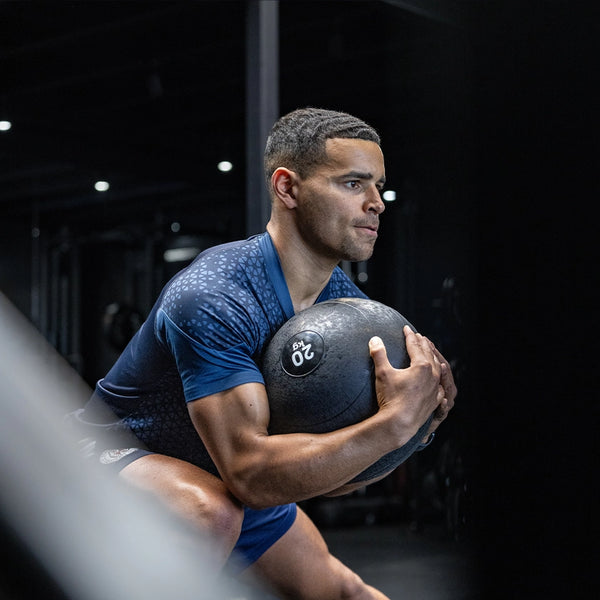Squat Racks Buying Guide
Choosing the best squat rack
As one of the most effective compound movements, squats engage multiple muscle groups, promote functional strength, and contribute to overall athleticism.
To harness the full potential of this foundational exercise, investing in a high-quality squat rack is essential.
In this buying guide, we'll delve into the key considerations and features to help you navigate the selection process and find the perfect squat rack.

1. Consider the space available
- Folding squat racks: Ideal for smaller gyms or studios, folding racks offer a space-efficient solution without compromising on functionality. They can easily be folded away after workouts, freeing up floor space.
- Static racks: More suitable for larger facilities or dedicated gym spaces where equipment doesn't need to be frequently moved.
2. Evaluate your training needs
- Blackout series: Designed for PT studios and garage gyms, these racks are durable yet budget-friendly. They work well for a versatile range of exercises while maximizing space efficiency.
- Samson series: Best for high-performance facilities or serious athletes, offering a heavy-duty build capable of enduring rigorous workouts.
3. Build quality and durability
- Look for racks made from laser-cut steel, which ensures high durability and precision. Also, verify the structural lifetime warranty, which speaks to the equipment's long-term reliability.
4. Attachment compatibility
- Customising your rack with attachments like pull-up bars, dip stations, and plate storage can enhance versatility.
5. Assembly and Installation
- Some racks may require professional assembly, while others can be set up DIY. Verify this before purchasing to avoid unexpected setup challenges.
How to use a squat rack

- Adjust the rack: Set safety bars and J-hooks to shoulder height.
- Warm-up: Prepare with light cardio and stretches.
- Load barbell: Add desired weight.
- Position: Stand inside, grip barbell, and unrack.
- Perform squat: Lower, keeping back straight, then return.
- Safety: Set safety bars for heavy lifts.
- Cool down: Stretch after workout.
- Clean up: Re-rack weights and adjust rack.















